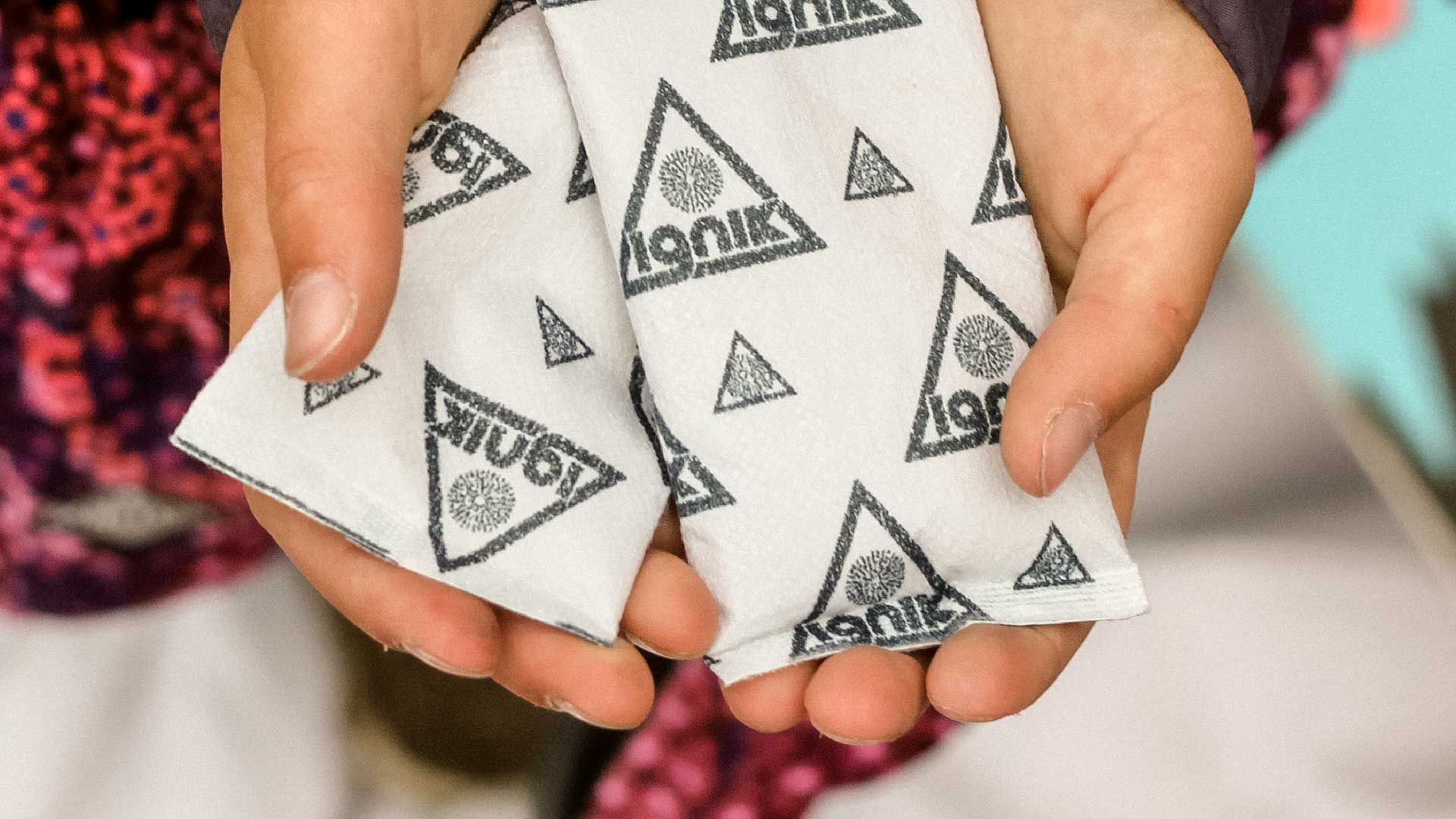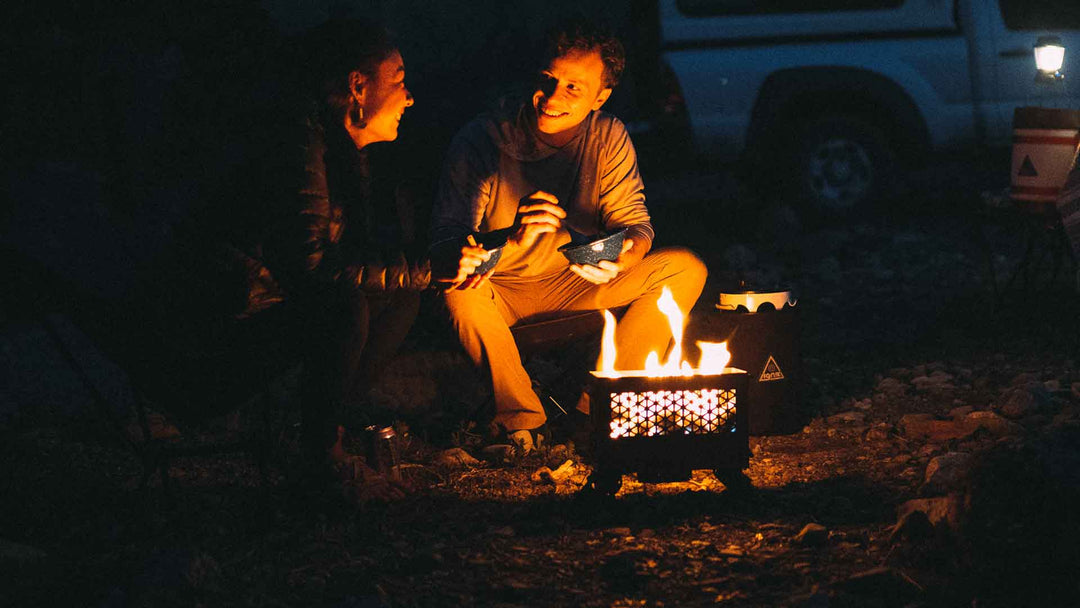5 Tips to More Sustainable Travel
How to be a More Sustainable Traveler

Domestic and international travel is ramping up as we all escape from our COVID bubbles. But even before the pandemic, growing tourism was wreaking havoc through trash buildup and environmental degradation. So, as eager as everyone is to get out there, let’s make the travel reboot more sustainable. With a little extra diligence in trip planning, these five tips could flip the trends, so you are leaving less of a trace on the places you visit.

1. BYOB (Bring Your Own Bottle)
One of the easiest behavior changes anyone can make is to remember to bring your reusable water bottle. Most people use reusable water bottles in their daily life, so why not pack them? If you are flying, carry the bottle empty through security and refill it at before you board the plane. If your trip does entail outdoor adventures, you definitely want to stay hydrated, but travelers tend to find convenience in buying large packages of single bottles of water. However, most public places, parks and visitor centers have refilling stations with potable water. The average American uses 167 disposable plastic bottles each year, yet only 20 percent of these get recycled!


2. Single-Use, See Ya Later
Along the same note as water bottles, bring as many reusables as you can pack. You’ll likely need a coffee cup, straw, cutlery and napkins during your travels. Most take-away food services have remained open through the pandemic and make for convenient travel food. Refuse the disposables and be prepared with your own cloth napkins, portable utensils and straws. Items like disposable coffee cups, straws and utensils are a high source of contamination in recycling streams because people think they can be recycled, but they cannot be. And when they go to the landfill, they don’t break down very easily or quickly. Every year, 500 million single-use straws are tossed in the landfill, and end up in undesirable locations, like our oceans and other waterways.

Speaking of single-use, if you’re doing any camping or cooking on the go, those disposable green propane bottles are a real pain on the environment. Using a refillable propane tank while camping or traveling can save hundreds from ending up in a landfill.

3. A Bag of Bags
Another packing item: reusable bags. They are certainly portable enough to bring when you travel to use for groceries or souvenirs. Plus, many areas have plastic bag bans in place, something your advance research might reveal. If you don’t use reusables, consider checking if the store has a take-back program. Each year, the average American family uses 1,500 shopping bags and Americans throw away 100 billion plastic bags annually.

4. Dispose of Trash Properly
Be a responsible traveler by reading signage, especially before throwing your trash out. Several airports, and even some hotels and campgrounds, recycle. Recycling is complicated and varies according to specific areas, so what you might be used to recycling at home might not be accepted where you travel. Sometimes recyclables are mixed, other times they are sorted. If items are source-separated, bins should be labeled, and following their protocols prevents contamination.

5. Human Powered Possibilities
Take the human-powered route. This isn’t possible for all vacations, but it’s just something to think about. If you are exploring a city, walk from point A to B to C, or take public transportation versus a taxi/Uber/Lyft. There are bike rentals in many cities, and especially in and around national parks. Consider shuttle services when available.

We are all looking forward to escaping everyday life and doing some traveling. Even taking small steps can help to make big change. Be The Change!











Where can I find places where I can refill my growler in the state of Washington?
Leave a comment